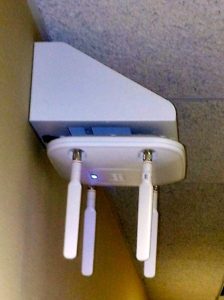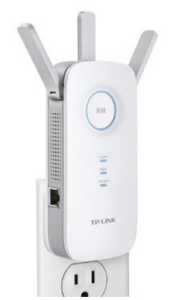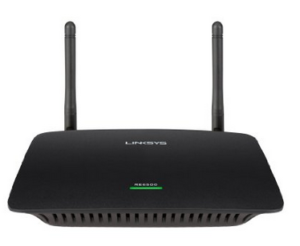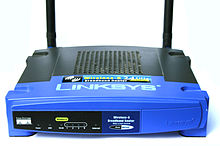Wish you would step back from that ledge my friend.
This is the opening line in a song by Third Eye Blind called “Jumper.” This song came to mind this morning as I have just survived one of THOSE weeks. My job (NETWORK MANAGER) if you hadn’t guessed can often be really awesome. I get to work with a lot of smart people, and yes some smart lawyers too. I am able to work with some really cool technology and I have been able to follow my passion to design and build networks in every Federal Courthouse in my state. Technology is constantly evolving and I am charged with keeping current with the newer equipment and seeing how we can apply it to help make our client base more productive. I love that aspect of my work.
But then there are times . . .
Once those networks I have designed and built are in place then the four letter word called WORK kicks in. You see the Judges and attorneys I work with are doing very important work. I respect them tremendously. They spend a lot of their time as court cases move through the system preparing Judicial Orders and responses to motions and Jury Instructions which document these cases as they move through our system. A great deal of their work product exists as electronic data that is stored on file systems that are maintained by . . . your friendly network manager.
Networks and File servers are machines
That’s right all of that work product that the attorneys are producing is stored on equipment. And equipment does occasionally malfunction. And who is tasked with diagnosing the problem and correcting it when there is an equipment failure all the while trying to keep hundreds of people happily working away? You guessed it. I do have some really good folks working with me but the buck stops here.
Sleepless days and sleepless nights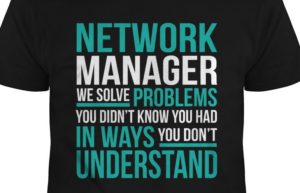
I’ve been doing this a long time (twenty years in my current position alone.) When you’ve been doing this type of work for a while you tend to notice when things are not working exactly right. You sort of develop a sort of Spidey Sense about certain types of problems. And when you have Terabytes of data representing the work product of thousands of hours of labor performed by hundreds of attorneys stored on equipment that you all of a sudden seems to be acting flakey . . . well you get the picture. These are the times my job royally sucks! Because believe me if my data is in peril I am not a happy camper and I am not sleeping much.
“If we didn’t have the occasional problem we wouldn’t need a network manager.”
That is a quote from one of my bosses. He is absolutely correct but I do take my responsibilities seriously and I do my best to provide a stable network that keeps our folks productive and with no service outages. If they are working I am happy. If they are not and it’s a failure of a system I designed, built or purchased then old Scotty is no fun to be around.
Life is good today
One of my favorite summertime songs is “Toes” by the Zac Brown band and the opening verse of the song goes like this.
“I got my toes in the water, ass in the sand
Not a worry in the world, a cold beer in my hand
Life is good today Life is good today”
So when you fix the problem that most people didn’t know they had and you see your systems humming along then life is good today. I like these days better. And remember . . . be nice to your network manager . . . especially if he looks nervous because he might just know something you don’t.
Happy WiFiing!
Any Questions feel free to email me at scottbailey100@gmail.com.


